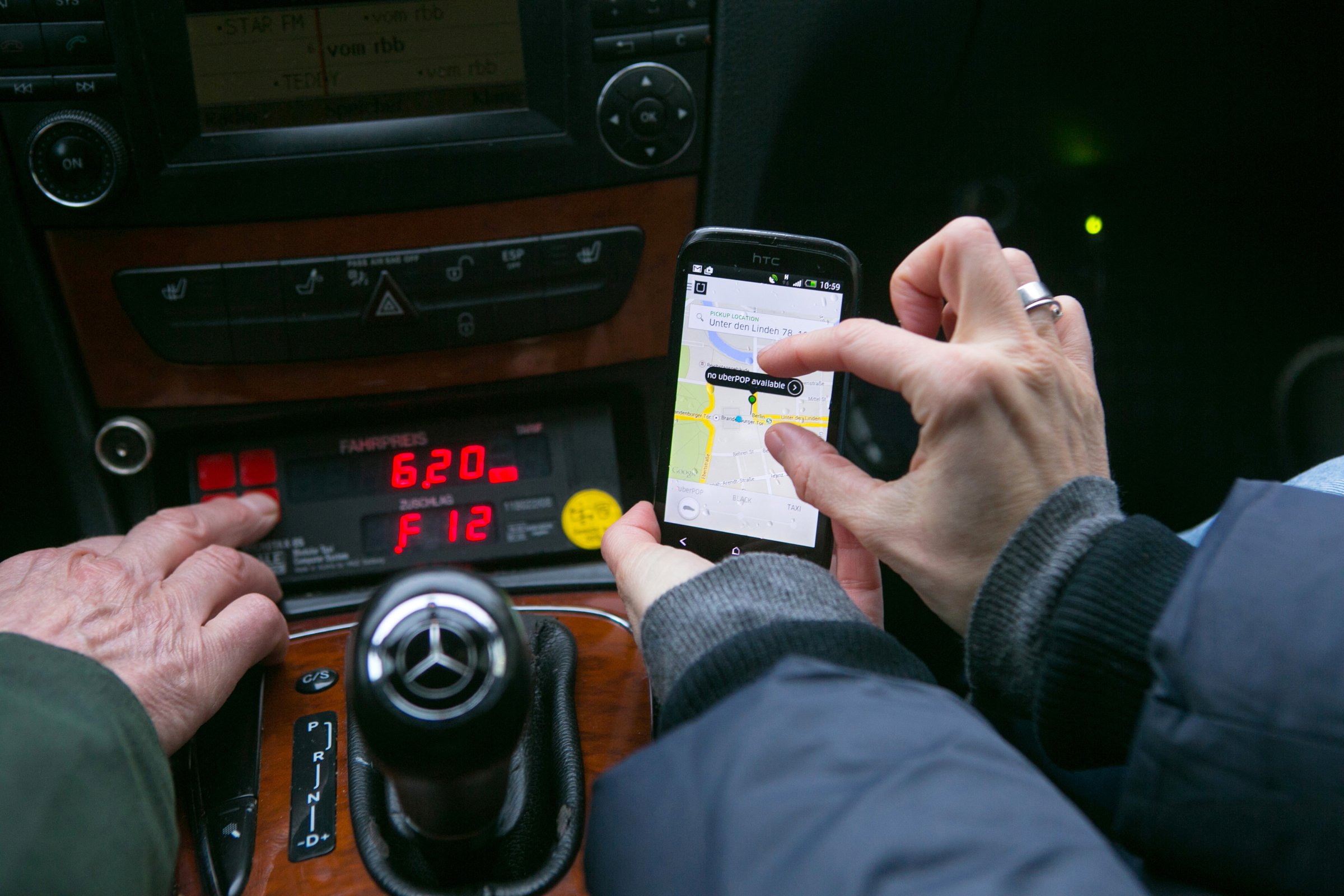
Uber’s 2017 has been off to a rough start.
More than 200,000 users reportedly stopped using the app in late January as part of the recent #DeleteUber movement. Less than a month later, former Uber engineer Susan Fowler wrote a scathing account of her time at the company, citing a sexist and chaotic environment. And just days after Fowler’s explosive blog post was published, Bloomberg published a video of CEO Travis Kalanick getting into a heated debate with a driver over fare cuts. (Kalanick has since apologized.)
But Uber’s drivers appear unmoved by the recent controversies, according to a series of interviews conducted by TIME. Those who already felt negatively about the company care more about fare cuts than corporate crises. And drivers who still enjoy working for the company say they will continue to do so despite the recent hubbub. “I have not considered driving with Lyft and never really have,” says Julian Jackson, an Uber driver working in the Columbus, Ohio area. “I have always had this loyalty to Uber.”
Only two of the half dozen drivers TIME interviewed are even considering changing their relationship with Uber as a result of the company’s recent missteps. Other drivers, however, say they have long felt mistreated by Uber, and recent events have done little to change that.
The mixed sentiment highlights the divide between Uber’s corporate culture and its drivers. It’s also evidence that Uber drivers, like many workers, make employment decisions based on economics more so than other factors.
Brett Stratton, a Walnut Creek, Calif.-based driver for Uber and Lyft who often works in the Bay Area, has considered dropping Uber, but he wants to learn more about the controversies. He specifically mentioned the video of Kalanick arguing with his Uber Black driver. “If it’s as bad as they say and then some, I’m out. If it’s really just because [Kalanick] was having a bad day and it was just a stroke of bad luck, everybody has weak moments like that.”
Carl Johnson, who has been driving for Uber for about eight months in the Kansas City, Mo. area, says he is happy working for the company. He even said he thinks it was the driver, not Kalanick, who acted inappropriately in the video. “[Kalanick] is paying a fare to ride in your car just like anybody else would,” says Johnson. “When we’re all in our cars, that’s our office. [Dropping fares] need to be addressed formally, not informally like that.”
Columbus, Ohio-based driver Kat Ellery feels differently. She hasn’t activated Uber in three months, preferring Lyft because riders have an in-app option to tip their drivers. (Uber passengers can tip their drivers in cash, but there’s no option to do so in the Uber app, a feature long requested by drivers.) For Ellery, it was a 2014 report that a high-ranking Uber executive suggested using private investigators to dig up dirt on reporters critical of the company that led her to favor Lyft.
Uber’s business model relies on its controversial relationship with its 1.5 million drivers, who are classified as “independent contractors” rather than employees. That means that the near $70-billion company isn’t financially responsible for benefits like health care, car insurance and gas reimbursement, keeping costs down and appearing more attractive to potential investors ahead of an expected initial public offering. But some drivers argue they’re more like regular employees because Uber, not drivers, set rates for passengers. That debate has found its way into courtrooms around the country. Last year, for example, Uber agreed to pay $100 million to settle class action lawsuits in Massachusetts and California brought by drivers seeking changes in employment status. (Uber did not reclassify drivers in these states but did make other changes, such as promising to give more drivers insight about how users rate them on the app). Some Uber drivers, meanwhile, have protested simply to get higher fares.
When contacted by TIME, Uber did not offer new comments about drivers’ concerns. But company executives have addressed those issues both publicly and privately. Jeff Jones, the company’s president of ride sharing, recently sent drivers an email claiming the company is working on helping drivers make more money. Speaking at a Wall Street Journal conference in 2015, Kalanick, the CEO, characterized driving for Uber as a “way to fill in the gaps” financially rather than providing full-time income (research has shown that most “gig economy” workers have other part-time jobs). Kalanick has also defended Uber’s classification of its drivers as independent contractors rather than employees by arguing that it gives them more choice. Uber is now fighting efforts by labor groups to unionize drivers in the Seattle area, which may further alienate some workers.
Experts like Mike Ramsey, a research director at Gartner specializing in the on-demand economy, say that Uber’s recent controversies may have a bigger impact on passengers than drivers. After all, they’re less tied to any one app. But if enough passengers move to rival apps like Lyft, Juno, and Gett, it should hold that drivers will follow. And Ramsey cautions that there are only so many fare cuts and other slights that drivers will tolerate before they, too, will vote with their feet — or their cars. “Working for a company where you make less and less money over time — to me that is not sustainable,” says Ramsey.
More Must-Reads from TIME
- Donald Trump Is TIME's 2024 Person of the Year
- Why We Chose Trump as Person of the Year
- Is Intermittent Fasting Good or Bad for You?
- The 100 Must-Read Books of 2024
- The 20 Best Christmas TV Episodes
- Column: If Optimism Feels Ridiculous Now, Try Hope
- The Future of Climate Action Is Trade Policy
- Merle Bombardieri Is Helping People Make the Baby Decision
Contact us at letters@time.com